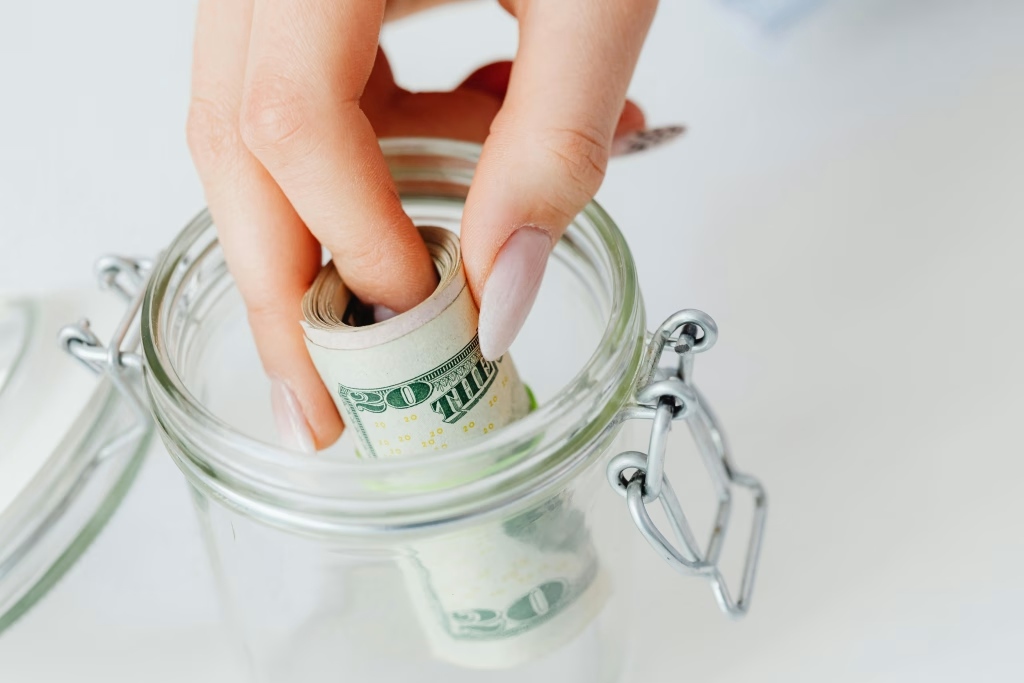Life is full of surprises—some good, some not so good. Whether it’s a sudden job loss, an unexpected medical bill, or a major car repair, financial emergencies can happen to anyone. That’s why having an emergency fund is one of the most important steps you can take to protect yourself and your family.

An emergency fund is a stash of money set aside specifically for unexpected expenses. It’s your financial safety net, giving you peace of mind and helping you avoid debt when life throws you a curveball. But how do you build one? Don’t worry—we’ve got you covered. Here’s a step-by-step guide to creating an emergency fund that works for you.
Step 1: Understand Why You Need an Emergency Fund
Before you start saving, it’s important to understand why an emergency fund is so crucial. Here are a few reasons:
- Avoid Debt: Without savings, many people turn to credit cards or loans to cover unexpected expenses, which can lead to long-term debt.
- Reduce Stress: Knowing you have money set aside for emergencies can help you sleep better at night.
- Financial Independence: An emergency fund gives you the freedom to handle life’s challenges without relying on others.
Step 2: Determine How Much You Need to Save
The general rule of thumb is to save 3 to 6 months’ worth of living expenses. However, the exact amount depends on your personal situation:
- If you have a stable job and no dependents, 3 months’ worth may be enough.
- If you’re self-employed, have a family, or work in an unpredictable industry, aim for 6 months or more.
To calculate your target amount:
- Add up your essential monthly expenses (rent/mortgage, utilities, groceries, transportation, etc.).
- Multiply that number by 3, 6, or however many months you want to save for.
Step 3: Set a Realistic Savings Goal
Once you know how much you need, break it down into smaller, manageable goals. For example:
- If you need 10,000,aimtosave10,000,aimtosave1,000 in the first 3 months.
- If you’re starting from scratch, focus on saving $500 as your first milestone.
Setting smaller goals makes the process less overwhelming and helps you stay motivated.
Step 4: Create a Budget and Find Ways to Save
Building an emergency fund requires discipline and a clear plan. Here’s how to get started:
- Track Your Spending: Use a budgeting app or spreadsheet to see where your money is going.
- Cut Unnecessary Expenses: Identify areas where you can save, like dining out, subscriptions, or impulse purchases.
- Increase Your Income: Consider side gigs, freelance work, or selling unused items to boost your savings.
- Automate Your Savings: Set up automatic transfers from your checking account to your emergency fund each payday.
Step 5: Choose the Right Place to Keep Your Emergency Fund
Your emergency fund should be easily accessible but separate from your everyday spending account. Here are some options:
- High-Yield Savings Account: Offers higher interest rates than traditional savings accounts while keeping your money liquid.
- Money Market Account: Combines the benefits of a savings account with limited check-writing capabilities.
- Certificates of Deposit (CDs): Offer higher interest rates but lock your money up for a set period. Use these only for a portion of your emergency fund.
Avoid investing your emergency fund in the stock market or other volatile assets—you need this money to be safe and accessible.
Step 6: Stay Consistent and Adjust as Needed
Building an emergency fund takes time, so don’t get discouraged if progress feels slow. Here are some tips to stay on track:
- Celebrate Milestones: Reward yourself when you hit savings goals (without derailing your progress, of course).
- Reassess Regularly: Life changes, and so should your emergency fund. Revisit your savings goal annually or after major life events.
- Replenish After Use: If you dip into your emergency fund, make it a priority to rebuild it as soon as possible.
Step 7: Avoid Common Mistakes
Even with the best intentions, it’s easy to make mistakes when building an emergency fund. Here’s what to watch out for:
- Not Starting: The biggest mistake is waiting for the “perfect time” to start. Begin small and build over time.
- Using It for Non-Emergencies: Your emergency fund is for true emergencies—not vacations or shopping sprees.
- Forgetting to Adjust: As your income or expenses change, make sure your emergency fund grows with you.
Final Thoughts
An emergency fund is more than just a financial tool—it’s a mindset. It’s about being prepared, staying disciplined, and taking control of your financial future. By following this step-by-step guide, you’ll be well on your way to building a safety net that can weather life’s storms.
Remember, the best time to start is today. Even if you can only save 10aweek,that’s10aweek,that’s520 a year—and that’s a great start. Your future self will thank you!
